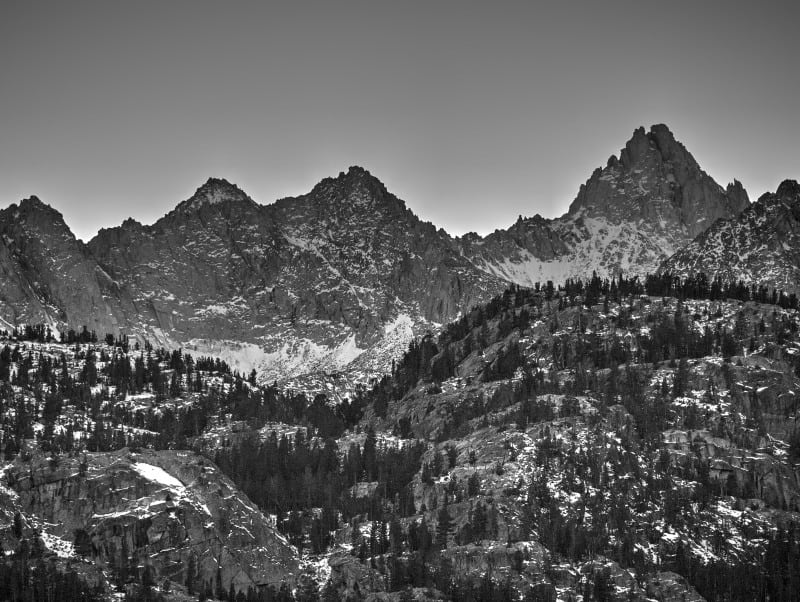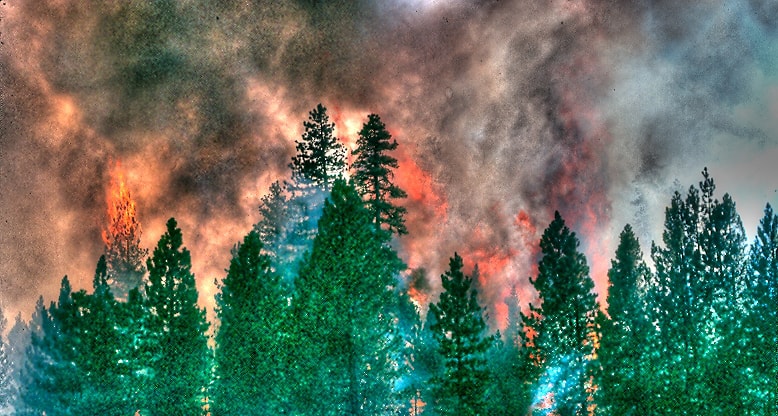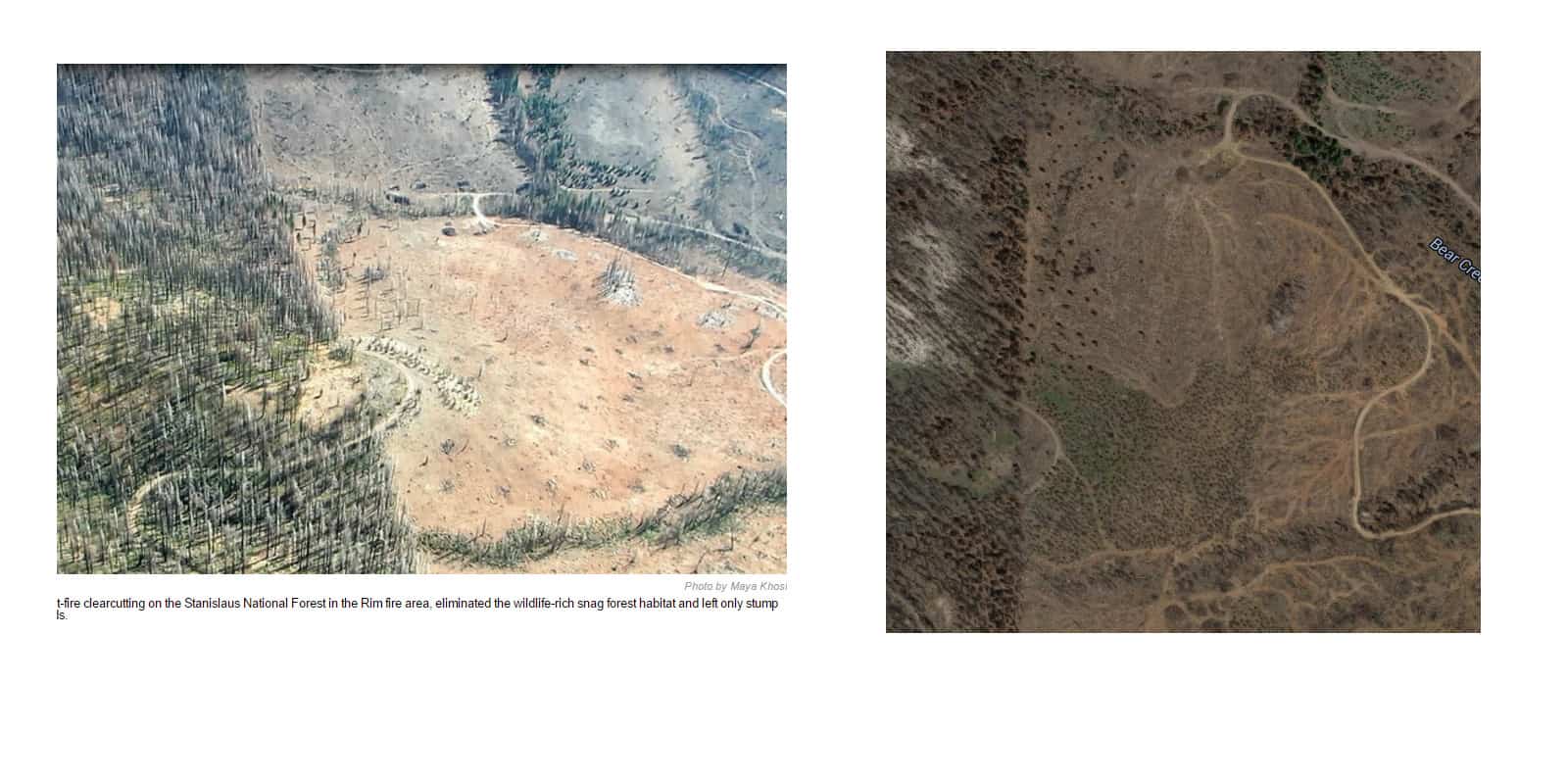“Hillary Clinton’s Plan for Conservation and Collaborative Stewardship of America’s Great Outdoors”
Hillary Clinton believes that restoring and protecting the health of America’s forests requires managing them for the full scope of benefits they provide. Clinton will work with the U.S. Forest Service and Bureau of Land Management to set clear management goals that not only recognize the value of forests and public lands for sustainable timber, but for the carbon they absorb, the wildlife habitat they furnish, and the recreation opportunities and clean drinking water they supply. Clinton will build on the success of the Roadless Rule by working to protect and restore old growth and large landscapes that are essential to the health of fish and wildlife. Recognizing that climate change is increasing the dangers and costs of large wildfires in many areas, Clinton will also work to reform the wildfire budget to ensure that firefighters, states, and communities have the resources they need to fight fires every year, and to end the damaging practice of transferring resources away from initiatives that help reduce fire risk and restore the health of forests.
In recent years, special interest groups have been supporting efforts to dispose of or sell off America’s public lands, which would privatize national forests, national monuments, and even national parks. Clinton strongly opposes these proposals to sell off America’s natural heritage. She will fight to protect the rights of our children and grandchildren to explore the lands and waters that define us as a nation.
Clinton will set a goal of unlocking access to at least 2 million acres of currently inaccessible public lands by the end of her first term – halving the amount of public land that is currently off-limits – by pursuing voluntary conservation partnerships with private landowners and state governments to establish new access points, trails, and easements to open public access to public lands.
Clinton will expand energy production on public lands and waters ten-fold within ten years of taking office, while reforming federal fossil fuel leasing. Through smarter planning, public input, and careful decisions, the federal government should be directing developers – whether for renewable energy projects or mineral extraction – to areas with the fewest potential environmental costs, while clearly identifying those special places that should be safeguarded for future generations.
Clinton will advance a joint Department of Interior/Department of Agriculture program to commercialize biomass energy opportunities associated with sound forest management and agricultural practices
Clinton will ask the Small Business Administration (SBA) to dedicate a portion of SBA loans to entrepreneurs seeking to launch small businesses in the outdoor industry as well as existing business owners in gateway communities.
Trump’s alternative anyone?



